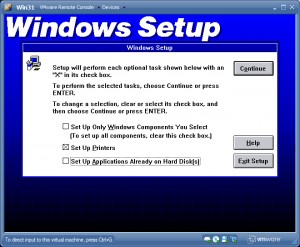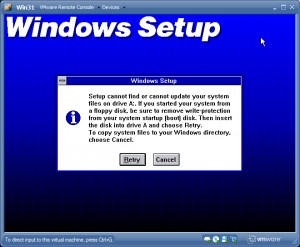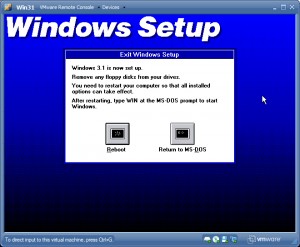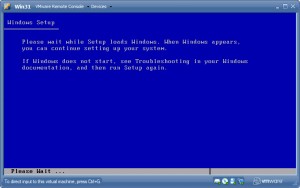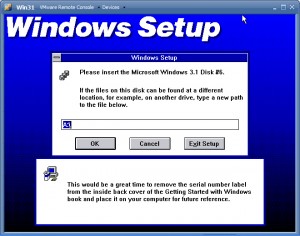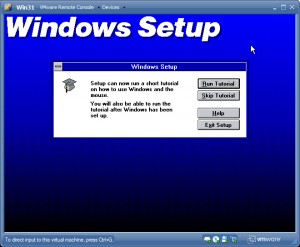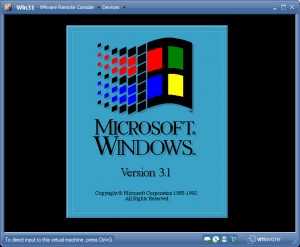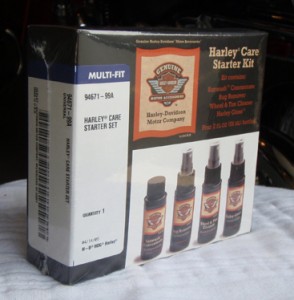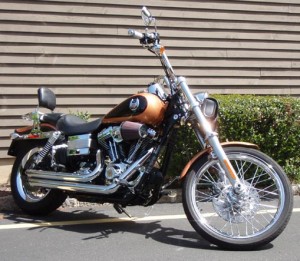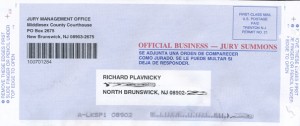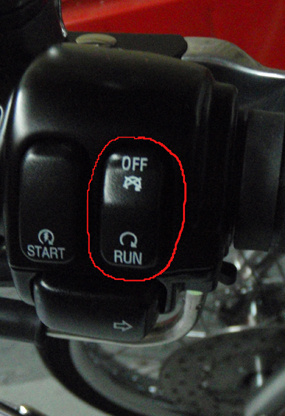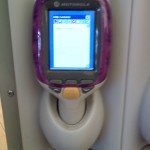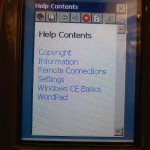A few weeks back I read of Seagate‘s Momentus XT hybrid hard drive. What’s a hybrid? It combines a conventional hard drive with a small SSD in one standard-size, standard interface package. The idea is that the conventional hard drive provides useful capacity while the SSD provides a significant performance boost. To the Operating System, the drive simply appears as any other drive. There’s no special OS support or drivers needed either; for instance, no need for TRIM support. Seagate has developed a special algorithm – they call it “Adaptive Memory Technology” – which purports to analyze use patterns and optimize the use of the SSD portion of the drive. What you use most often is stored in flash for best performance. The end result is supposed to be a drive that delivers much of the performance of an SSD at a cost that won’t break the bank.
The Seagate Web site might not be the best place to find objective comparisons, but check out the video (scroll down to the headline Compare solid state hybrid drives to SSD and HDD.) to see some impressive performance.
When I built my last desktop I (briefly) considered a pure SSD for the boot drive but decided against it. The cost was crazy high and the capacity was crazy low. When I read of the Momentus XT it didn’t take much to convince me to give one a try.
I decided on the ST95005620AS as a replacement boot drive. This is the 500 GB unit and, other than the built-in 4 GB SLC NAND SSD, it has some fairly conventional specifications – not at all unlike the Western Digital WD7501AALS it replaced. These drives are new, so it was a couple of weeks to wait for stock. I’m fortunate in that Newegg has a local distribution facility; once a drive was available it arrived the next day.
My desktop case (a Cooler Master HAF 932 #RC-932-KKN1-GP) doesn’t provide mounts for 2.5-inch drives so I picked up some adapter rails, too. These rails will hold two 2.5-inch drives but there are a couple of quirks. They use some odd-sized screws (supplied) and the holes were too small for my no-tool drive mounts. I mounted the hybrid in one of the front-accessible bays with the supplied screws. I may eventually drill and tap the rails for standard screws and relocate it to the drive cage for a cleaner cable layout.
I have a few applications for cloning boot drives. I don’t like any of them so I decided to try Seagate’s DiscWizard tool (made by Acronis), free for the download. Installation was quick and painless. But the clone process failed every time! Shame on me for believing you could do a low-level task like that from inside Windows. Fortunately DiscWizard provides a tool to build bootable utility media. I used it to configure a USB drive, booted from it and in short order I had my clone. In my case the target drive was smaller than the multiply partitioned source drive, but the DiscWizard handled it perfectly.
Now, cloning a boot drive is faster and worlds more convenient than doing an IPL from scratch, but it’s not without problems. Sometimes, if you run application software that requires activation, it may notice that the hardware’s changed and void your activation. I had several of those but all were resolved in short order. It’s just something to be aware of. Check your application load and have your necessary licensing information at the ready if you need to contact your vendors.
Okay, so how’s the Momentus XT work? Very well! What’s more, it seems to be getting even better over time. It’s weird.
Boot time is about half what it was with the old drive. It’s dead quiet, too, where the Western Digital is one noisy unit when it seeks, at least in my cavernous case. For the applications I use all the time, first-use loads are near instantaneous. Under Windows 7, the drive part of the Experience Index remained unchanged from my earlier drive but that didn’t surprise me because the specifications are virtually identical. The real difference is first-use of applications and data. There the performance boost is definitely not something you need to try to notice; it’s that obvious.
The jury’s still out on long-term reliability. I only buy Seagate and Western Digital drives, and I’ve had more Seagate failures over the years. To be fair, warranty service from both vendors is always as quick and easy as you can expect.
This isn’t a pure SSD, but Seagate appears to deliver on its promise with the Momentus XT: much of the bang of an SSD with significantly less cost, reasonable capacity and transparent Operating System support. Performance increases are right where you notice it most, on the stuff you use most often. The Momentus XT is positioned as a laptop drive but with these specs it works equally well for desktop applications.
Go and get yourself one of these, you won’t be disappointed.


